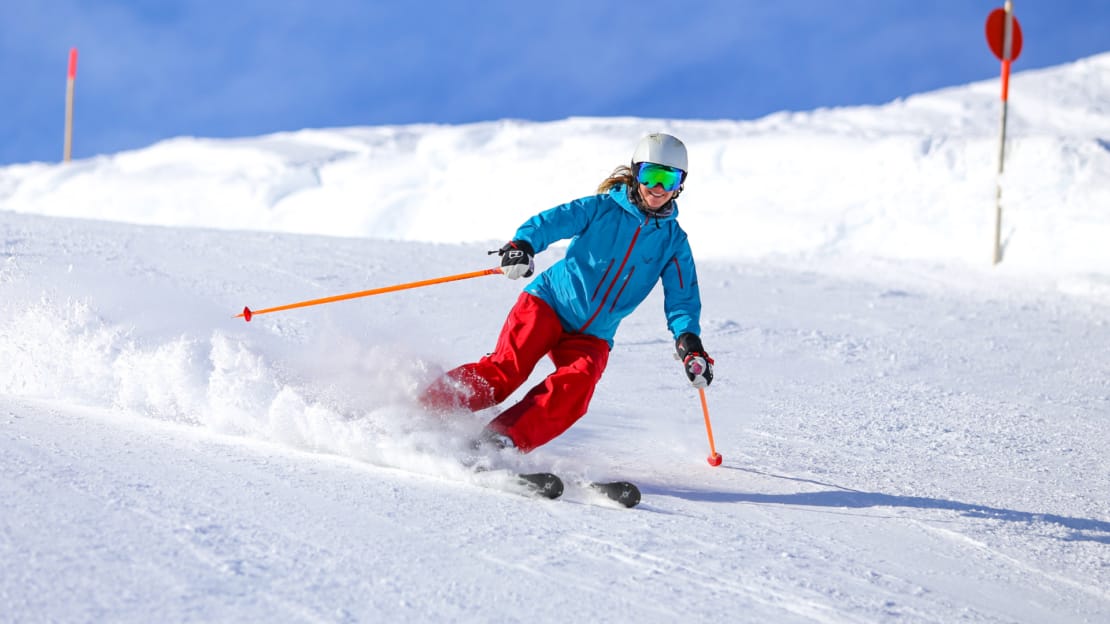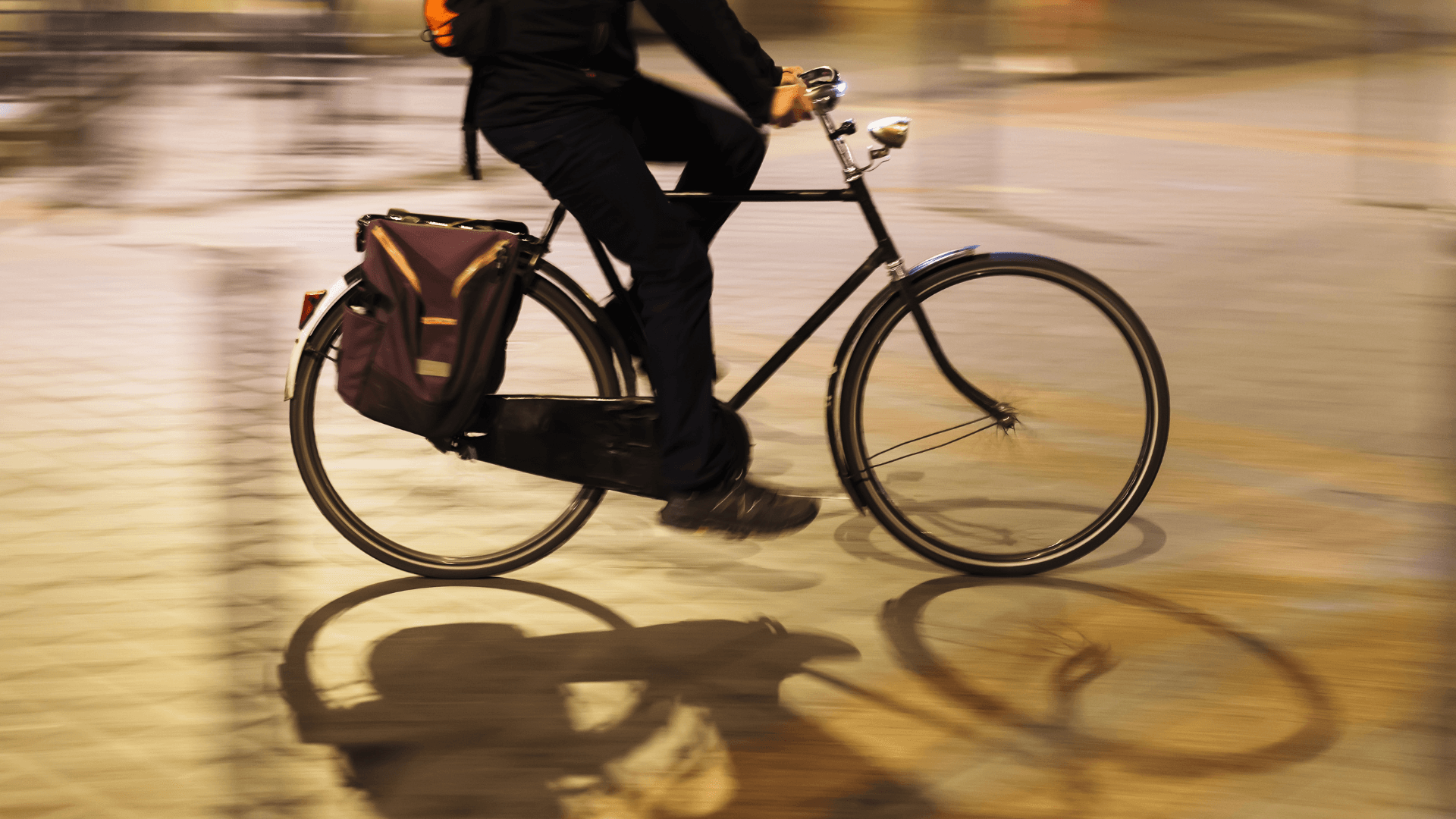The Pure Pod Episode 4: Injury Prevention Tips for Winter Sports

Tom Ulset
Physiotherapist
- 27 January, 2025
- Exercise
- Winter Sports
- 4 min read
The Pure Pod Episode 4: Injury Prevention Tips for Winter Sports
According to the Ski Club of Great Britain, the UK has 1.8m active skiers, defined as those who have participated in the sport in the previous 12 months. For many active holidaymakers, jetting off to the slopes in the midst of the miserable winter months is a boost to their mental and physical wellbeing; unless they spend too much time at the apres-ski of course.
Winter sports aren’t a pursuit that should be taken lightly however. There is an inherent risk of serious injury, particularly to the lower body. A 2019 study of nine winter seasons showed that knee injuries were the most prevalent for skiers, making up 35% of all major incidents. Upper body injuries to the shoulder, head and neck are also common.
How can winter sport athletes and hobbyists mitigate these risks? What supporting exercise should they prioritise? When injuries do hit, what does gold standard care look like?
We’re joined by Tom Ulset and Charlotte Vaile. Both are physiotherapists with a passion for winter sports, and expertise in the treatment of its associated injuries.
You can listen to the podcast in full below, or read on for some key passages from the conversation.
You can also subscribe to The Pure Pod on Apple, Spotify, or wherever you can get your podcasts.
Here’s what we covered:
- The most common injuries sustained on winter sports holidays (1:30)
- How skiers and snowboarders can mitigate those injuries (3:15)
- The steps an MDT may take in treating a serious knee injury like a torn ACL (7:45)
- If there are any specific steps skiers can take to prevent knee injuries and pain (12:00)
- How MDTs treat other common issues, in particular injuries sustained to the hand and shoulder joint (13:45)
- How physios can keep their patients engaged in lengthy rehabilitation programmes (15:00)
- The importance of managing a patients’ mental health as they aim to return to their preferred sports (18:00)
- Why the social aspect of winter sports can help people enjoy their winter sports trip (22:15)
- How skiers can improve their conditioning and strength before a skiing holiday (25:00)
- The importance of flexibility and balance in preparing for winter sports (29:30)
- Why a balanced approach to training is the best preparation for a winter sports holiday (33:30)

What are the most common injuries for skiers and snowboarders?
Tom: The main one, for me, is knees. I see knees all day, every day. Lots of people that have gone on ski holidays and they come back with a torn ACL or they might have seen a surgeon who recommends coming to a physio before their op.
Charlotte: I tend to see more upper limb patients. So that’s shoulder dislocations from people who’ve had a fall, or maybe skier’s thumb. That comes from holding onto the pole, they plant it and then they injure that thumb.
How can people mitigate injury risk on their winter sports holiday?

Tom: Often patients will come to us and o, ‘my surgeons told me I shouldn’t have gone skiing, or I shouldn’t go again. I really that. As physios we’re in a lucky position where we try to get people back to their sport. That’s our goal, that’s our aim. That said, there’s a few things I’d recommend.
Go and have a few sessions before you go on a ski trip. Have a few lessons, it will make a world of difference. Get used to being on the ski and turning again.
The second thing is to do a bit of pre-emptive exercise. Build your strength and conditioning. Third, make sure you have the right equipment. Simple things like having the right din settings on your skis. You want to be able to come out of your skis and not twist or injure your knees.
Charlotte: Take it at your own pace. A lot of beginners, especially if they’re sporty, think ‘Oh I’ll be fine on skis when I get there’. It’s totally different. It doesn’t matter if you’re really good at football or netball, you will be like Bambi on ice once you’re on the slopes.
Don’t push yourself too hard. If you’re in a big group, go at your own speed. Stick to blue runs to start with, and then gradually, as you feel comfortable, progress.
This should be a fairly obvious one: don’t drink too much alcohol. Drink fewer beers on the mountain. That will have a massive effect on mitigating injury.
How might an MDT treat a serious knee injury like an ACL tear
Tom: This is a massive injury to deal with. It can take a lot of time, particularly from a rehab point of view.
From an MDT perspective there’s a huge opportunity to work with quite a lot of different colleagues. We work closely with orthopaedic colleagues, our strength and conditioning guys when the patient is ready to get going.
Ideally, that would involve a three month ‘prehab’. You want to give the joint time to settle. It will be swollen and stiff, it will be really painful. I’ve actually had a number of younger patients that have completed that stage and said, I’m feeling confident that I can do day-to-day stuff without the need for surgery. You can actually be a bit more flexible, depending on the needs of the patient.
How would an MDT approach a skier’s thumb?
Tom: This is a massive injury to deal with. It can take a lot of time, particularly from a rehab point of view.
From an MDT perspective there’s a huge opportunity to work with quite a lot of different colleagues. We work closely with orthopaedic colleagues, our strength and conditioning guys when the patient is ready to get going.
Ideally, that would involve a three month ‘prehab’. You want to give the joint time to settle. It will be swollen and stiff, it will be really painful. I’ve actually had a number of younger patients that have completed that stage and said, I’m feeling confident that I can do day-to-day stuff without the need for surgery. You can actually be a bit more flexible, depending on the needs of the patient.
How can a strength and conditioning programme help people prepare for the slopes? Are there specific exercises or muscle groups they should target?
Charlotte: We have a specialist hand team. You might go to them for a splint to strengthen the thumb. Again, we might refer you to a strength and conditioning specialist, and there’ll likely be some soft tissue therapy, especially if the thumb feels tight. If you require surgery, you might need some scar mobilisation, and again, we’d probably refer the patient to a a strength and conditioning specialist.

Advice
Over the last 20+ years our experts have helped more than 100,000 patients, but we don’t stop there. We also like to share our knowledge and insight to help people lead healthier lives, and here you will find our extensive library of advice on a variety of topics to help you do the same.
OUR ADVICE HUBS See all Advice Hubs
